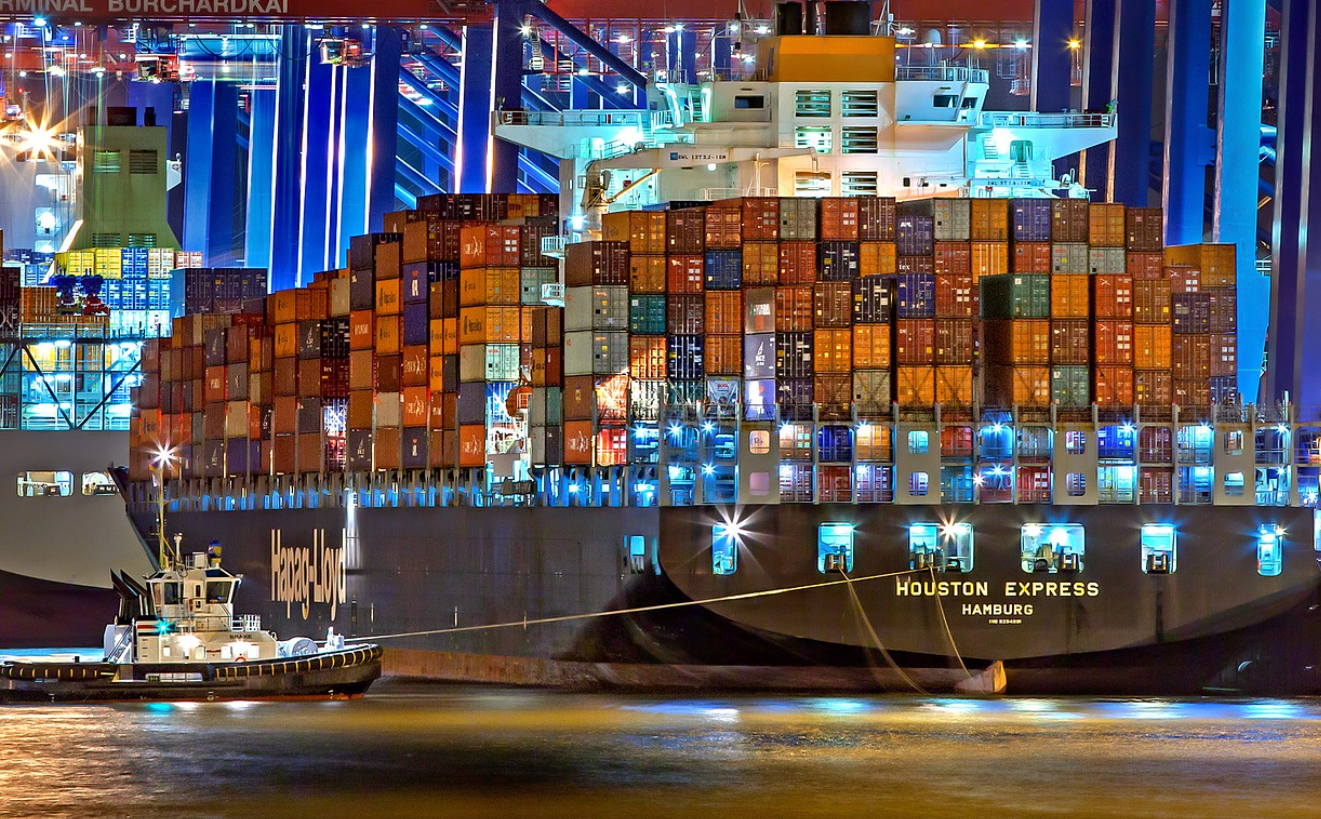What are the current issues facing the industry?

The international shipping industry accounts for the carriage of 90% of world trade. The c.50,000 merchant ships in operation registered in over 150 countries provide the vital transportation network that fuels the global economy. So why is such an economically essential industry viewed as such a risky investment?
The sector offers a classic case study of how global trade demand and tonnage supply fundamentals can have a profound impact on investment returns. It is an unfettered, open competitive playing field and it is this very reason why shipowners and investors can become dangerously exposed to the vagaries of market movements if the investment timing is not right.
The most recent example was the barely foretold financial crisis of 2008/9, which led to the Baltic Dry Index (a measure of freight rates for carriers of commodities such as coal, iron ore and grains) falling more than 90% from over 11,000 in 2008 to less than 500 by 2016. Whilst the Index rallied to over 1,700 in Q1 2018, it is currently stood at just over 1,000, which roughly equates to the average witnessed over the last 5 years.
So what are the drivers, challenges and pitfalls for investors in shipping tonnage? They are too many and varied to cover in this article, but let’s look at the key supply/demand relationship and a few of the current issues facing the industry.
Supply
The first thing to note is that worldwide vessel ownership is very fragmented and has traditionally been privately held (although this has changed somewhat following a flurry of IPOs pre-financial crash). This makes for a somewhat ill-disciplined approach to supply dynamics as larger scale owners have typically rushed to place new-build orders in a fast growing, high freight rate, trading environment to increase market share.
Owners are also often tempted by multi-order discounts from Asian yards, which can sometimes be politically motivated given the scale of the work force employed in these ship-building regions (mainly South Korea, Japan and China, although India and Vietnam are trying to create a presence).
This trend was particularly noteworthy in the containership sector during the early/mid 2000s where the major lines ordered a plethora of ever larger capacity new-build vessels on the back of then readily available bank finance, thus virtually displacing the previous generation of larger vessels.
A surge in new-build orders swells an otherwise underlying natural fleet renewal process and as deliveries enter the market – exacerbated by the new-build order spike delivery lag time – the laws of economics dictate that the capacity surge drives prices down. The perfect storm for the shipping industry saw such a phenomenon occur just as the global financial system went into meltdown.
Demand
One could say that the widespread ownership of shipping tonnage, and the competitive forces this brings to bear, works against the industry as it is often ill-prepared when regional or global economies take a downward trajectory.
Demand for dry bulk and oil/products tonnage is driven by the major global commodity traders, producers and importers. At the base level there will be a minimum, almost constant requirement to ship commodities, which helps keep a good percentage of global supply on charter. A good analogy would be base load requirements for national grid energy requirements. Additional capacity will be chartered-in as and when demand dictates on what is very much a reactionary basis depending on the quantum of trade volumes.
So the rates at which vessels are chartered, and the term of employment, can fluctuate very quickly and are wholly dependent on the requirements of the major charterers. The Dry Bulk Index trend mentioned earlier offers a good (if extreme) illustration of the cyclicality and volatility inherent in the industry caused by demand (and, indirectly, supply) fundamentals. Pre-financial crash, the utilisation level of global tonnage was extremely high, driving freight rates (and vessel values) to unprecedented levels – which as we know gave rise to a surge in new-build orders fuelled by a largely unregulated global capital market.
So ship owners are at the mercy of regional and global economic trends, which can often impact suddenly without warning, quickly making hitherto viable operations into loss making ones.
Operational Issues
The industry is slowly but surely recognising the need to become more operationally efficient to comply with new regulations, such as the recently enacted 2020 IMO fuel sulphur regulation, whereby a 0.5% content cap will be enforced, down from 3.5% in operation currently. This will lead to some increase in opex as owners either opt to bunker with compliant fuels at higher cost, or invest in capex to install exhaust gas cleaning systems (often referred to as “scrubbers”). Refineries will have to adapt so as to produce the lower sulphur content fuel oil but it is the shipping sector that will have to prove compliance and bear the cost.
Future Trends
The ramping up of protectionist policies promulgated by the Trump administration, allied with retaliatory tariffs imposed by affected countries, particularly China, does nothing to improve conditions for the international ship-owning community. Initially, this most probably will have a particularly negative impact on containerised trans-Pacific trading volumes.
A longer-term view might see a contraction of growth in emerging markets and developing Asian economies, driven by a slowing in Chinese imports of raw materials and finished goods. Equally, replacing Chinese imports to the US with more expensive alternatives could ramp up prices thus dampening consumer demand. Layer on an increasingly unstable political landscape across the UK and Europe and the outlook for global trade looks as uncertain as it has ever been.
One could say that supply fundamentals in shipping have improved over the last few years, as more (earlier) scrapping of inefficient, older vessels has taken place, allied with a move towards the building of more eco-friendly vessels which should help in the continued displacement of older vessels. But the demand side of the equation remains extremely weak with a negative outlook and ship owners simply need to try and cover costs pending a long-awaited recovery. The current outlook may precipitate some consolidation in the sector, which would further improve efficiency and perhaps bring about new investment in what remains a low point in the cycle amid uncharted territory.
by Russell Parker : Chairman of Klapton’s Maritime Sureties Committee
Klapton has this year added maritime expertise to its Sureties business and is seeking insurance opportunities in the residual value and investment protection space within the sector, both on a regional and international basis.
Photo by Julius Silver / Pixabay


